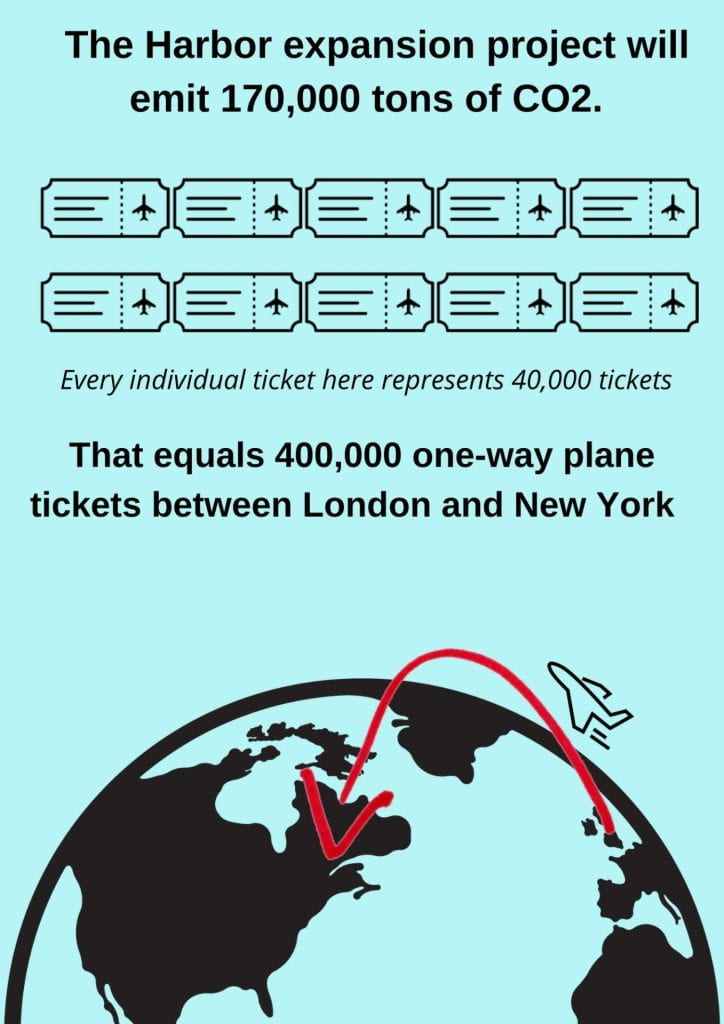On June 21 the Aarhus City Council voted yes on the plan to expand the southern portion of the harbor by adding over 400,000 m2 of new ground. The project has been called the biggest decision the Aarhus City Council has ever made. The construction project is a decades long endeavor costing the city around 3 billion DKK.
By Oskar H. Sylvestersen & Natalie Rocha
Five years ago Aarhus Habor applied to the city council for permission to expand the southern part of their harbor. The application process sparked a debate within the community of Aarhus, which still persists to this day, about the environmental impacts and whether or not an expansion is necessary for expected increase in demand for space in the future.
Environmental damage is the biggest concern
There are several reasons why many citizens opposed the harbour expansion. The first, and perhaps the biggest, is the potential environmental damage the building project can cause. There is a fear that the project will have a negative impact on the marine life in the bay of Aarhus.
Another concern is that the 170,000 tons of C02 that will be emitted by the expansion will not only be detrimental to the environment but bring harm to the health and lives of residents in Aarhus.
The city council has decided that the expansion has to be C02-natural, but some opponents of the expansion don’t believe this to be possible. When asking Metin Lindved Aydin, member of the city council in Aarhus for The Danish Social Liberal Party and opponents of the expansion, if he believes in the feasibility of a Co2 neutral expansion, he answers;
“That’s pure BS because the CO2-neutrality of the harbor is a unicorn. There’s nothing in this world that is CO2-neutral. The mitigation by the installation of solar panels doesn’t make a harbor CO2-neutral.”
Optimizing the harbor is the way forward
Council members opposed to the harbor expansion have proposed a different solution to the demand for space. Making it more efficient would not only be more environmentally sustainable but cost substantially less than the 3 billion DKK plan to extend the harbor.
“So if you just optimized the existing harbor facilities, you wouldn’t need it (the expansion). You wouldn’t need to invest as much money, you wouldn’t need to destroy the ecosystem in the harbor, you wouldn’t need to emit as much carbon dioxide as an expansion of the harbor would emit,” said Aydin.
An organization called Protect Aarhus Bay who also stand against the expansion, mission is to advocate for nature and wildlife of the bay. According to Svend Erik Kristensen, Chairman of Protect Aarhus Bay, the harbor expansion “is the most stupid idea anybody could get.”
“We know that with a bit of difference, action, they could virtually more than double their capacity on the existing harbor area.”
Both Aydin and Kristensen stated that a better solution would be higher cranes in order to stack more shipping containers on top of one another because currently the harbor only has as much as two containers stacked at a time.
“There are a lot of different things that could be done that could make it possible to increase capacity quite dramatically and still without an extension in the bay of Aarhus,” Kristensen said.

Timperley, J. 2021. Switching flights could slash your carbon footprint.